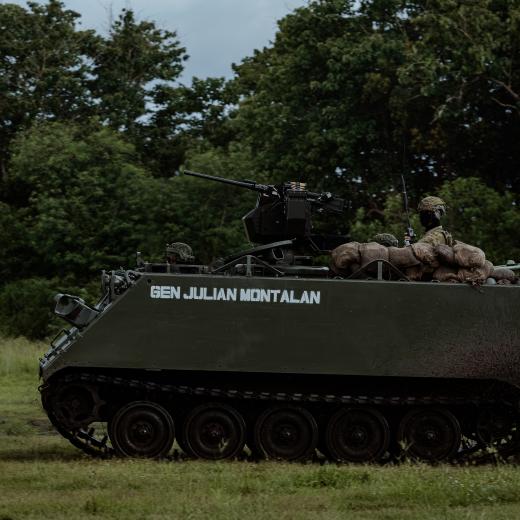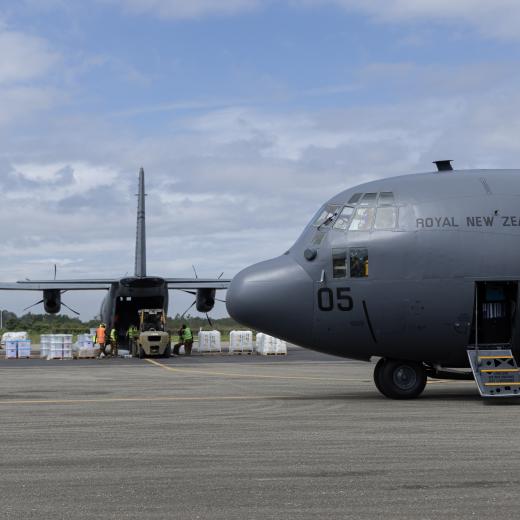BLUF
Following Ukraine’s sinking of the Russian cruiser Moskva with a pair of Neptune anti-ship missiles, a fierce debate is taking place about the future of platform-centric warfare—and nowhere more so than in the US Marine Corps.Summary
This article by Elliot Ackerman, writing for The Atlantic, makes the following points:
- In March 2020, a controversial paper, ‘Force Design 2030’, was published. The paper announced a significant restructuring based on the belief that the Marine Corps was not trained or equipped to meet the demands of a ‘rapidly evolving future operating environment’.
- Most militaries are ‘platform-centric’, but so far in Ukraine, the signature land weapon has been an anti-tank missile, and the signature air weapon has been an anti-aircraft missile.
- Like most militaries, the American military has been built around platforms. Pivot away from a platform-centric view of warfare is both a cultural and a resource challenge.
- Many former senior military officers strongly oppose the paper.
References
Recent Runway Posts related to this topic:
- Leadership, Concepts Of Military | The Runway (airforce.gov.au)
- Enabling Maritime ISR through the 'Family of Systems' | The Runway (airforce.gov.au)
References from the Web:
- MAR 2021 Air force chief says RAAF will be faster, smarter and have longer reach in its next 100 years—ASPI
- MAR 2022 Decision Dominance: The science of decisions is a new science for future military leaders—USAASC





